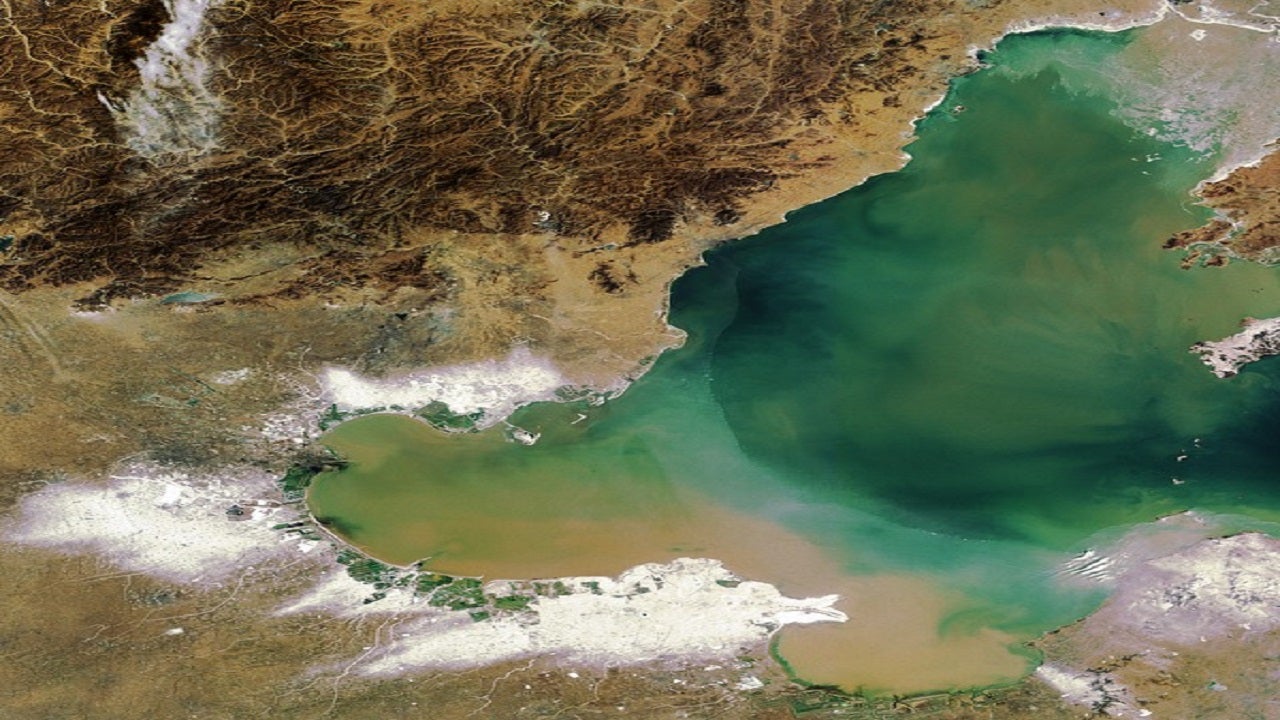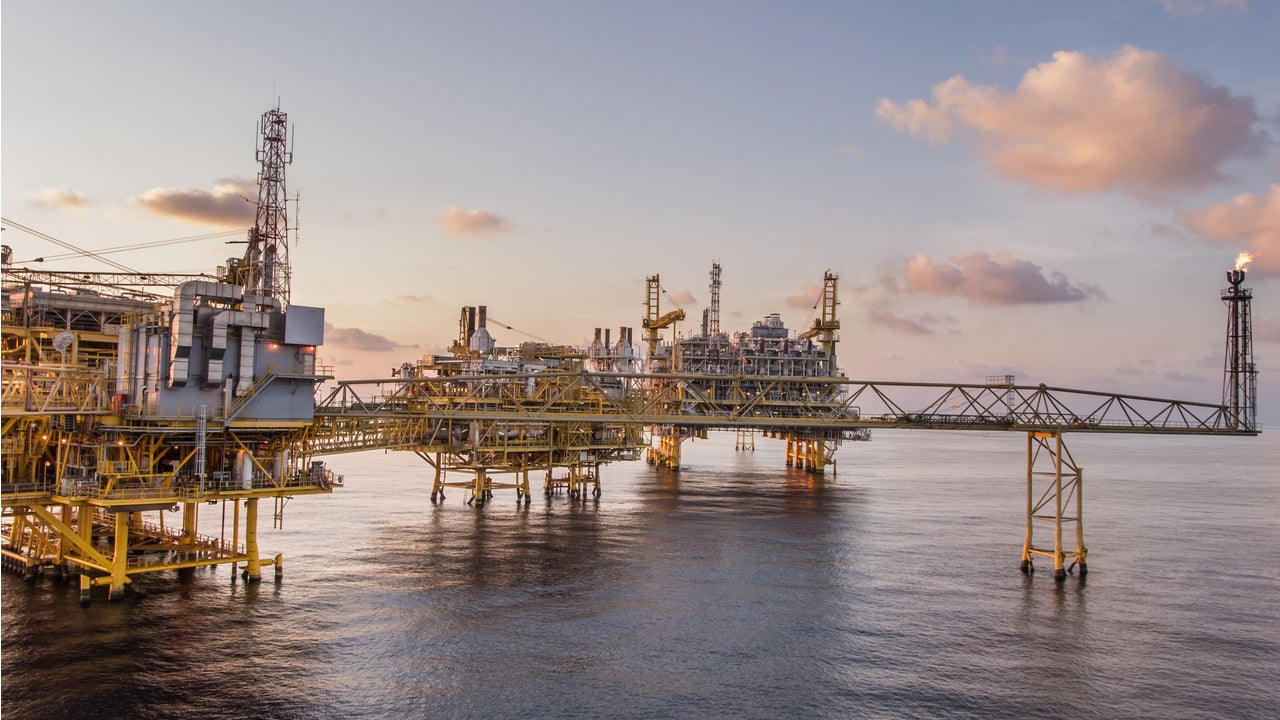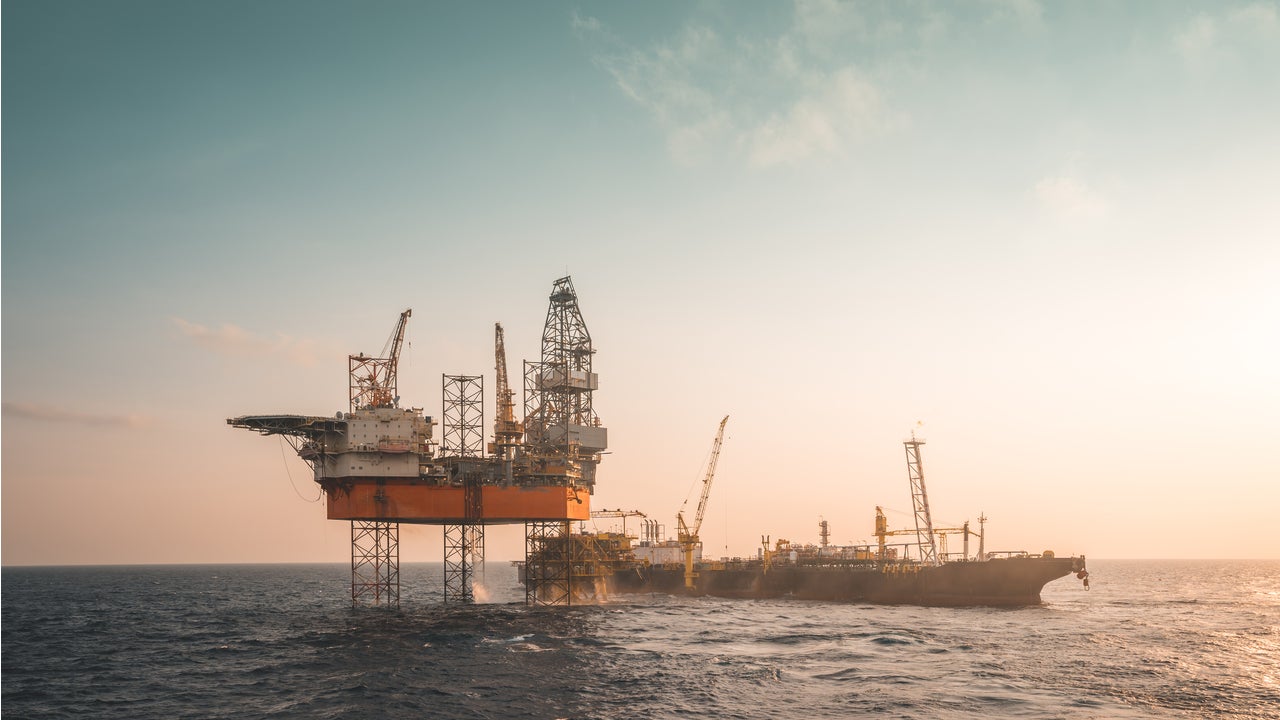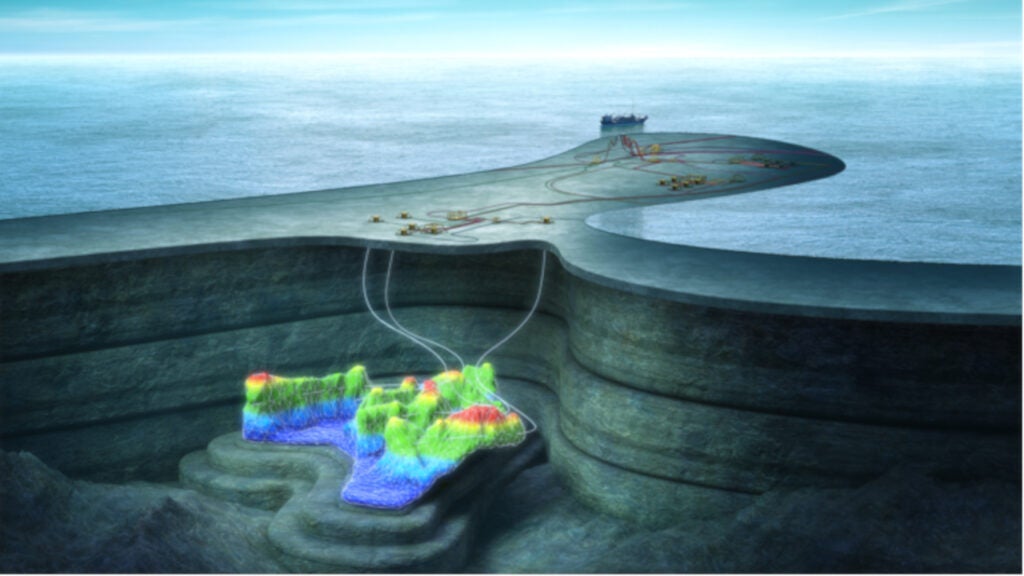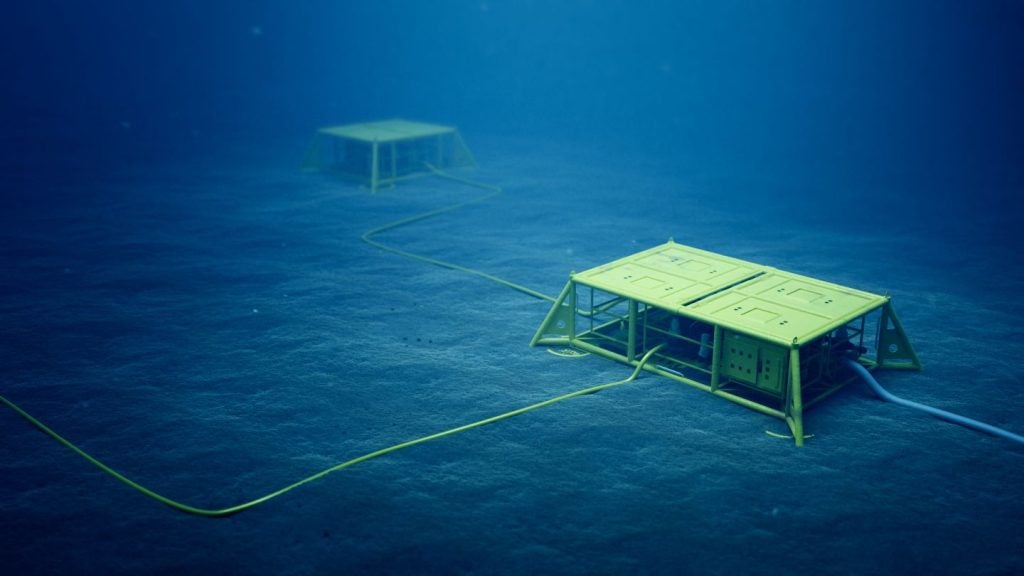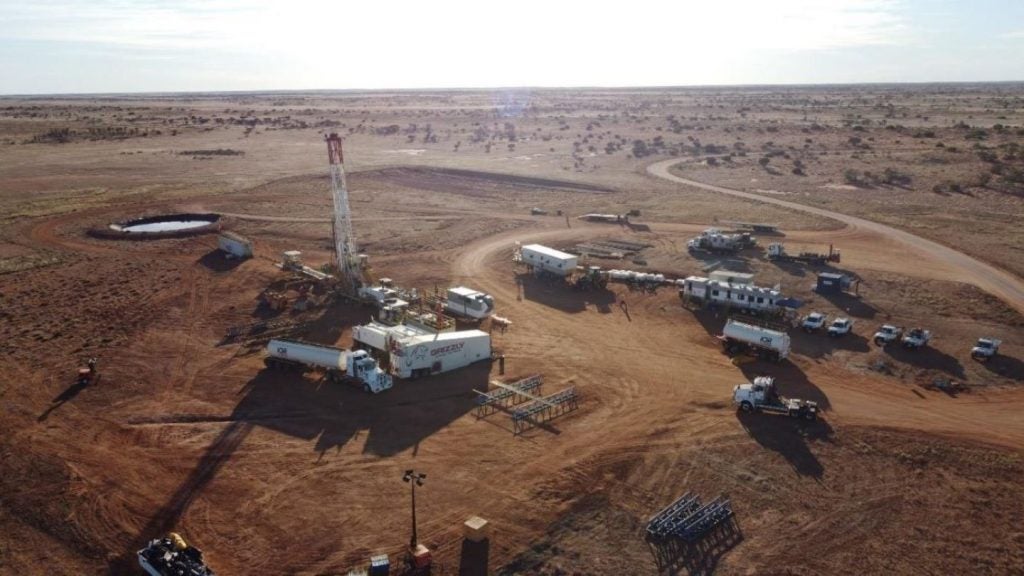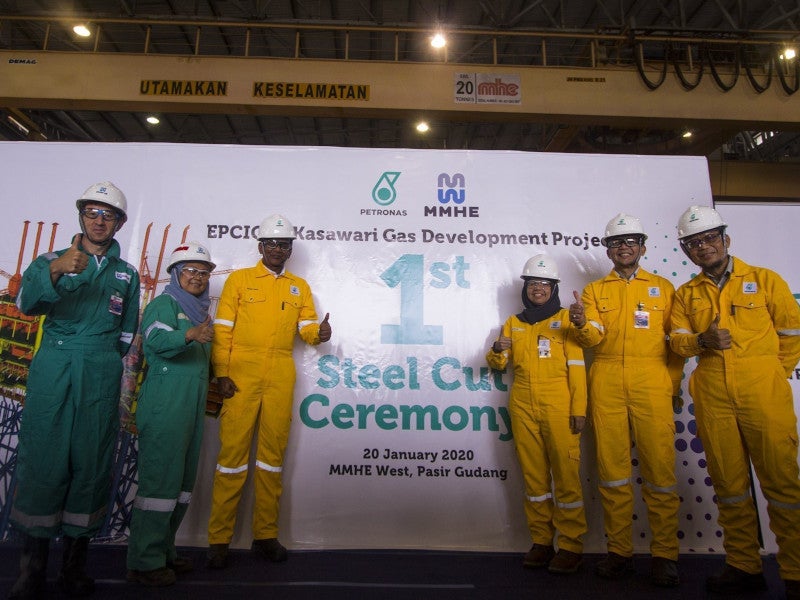The Nanbao 35-2 oil field S1 area is located at a water depth of 17m in the central part of the Bohai Bay, offshore China.
Owned and operated by China National Offshore Oil Corporation (CNOOC), the field commenced production in September 2020 and is expected to reach its peak production capacity of approximately 1,800 barrels of crude oil per day in 2021.
Nanbao 35-2 oil field geology and discovery
Located in Bozhong Block, Nanbao 35-2 oil field was discovered by a wildcat well Nanbao 35-2-1 in Bohai Bay in 1996. The field was appraised with five appraisal wells until 2000. An appraisal well Nanbao 35-2-7 was drilled approximately 1.4km northeast of the initial wildcat well in the southern part of Bohai Bay in November 2001. The well reached a depth of 1,473m to encounter 64m of net pay zone. Nanbao 35-2-7 was followed by another appraisal well Nanbao 35-2-8.
The Nanbao 35-2 oil field was estimated to contain approximately 67.3 million barrels of recoverable oil reserves as of December 2000.
Existing Nanbao 35-2 oil field
Nanbao 35-2 is an independent oil field located 110km south-west of Tanggu. The oil field commenced production in September 2005.
The oil field produces approximately 3,200 barrels of oil per day through nine wells. The field infrastructure includes two platforms, a 29.5km-long subsea pipeline and associated structures and equipment. China National Petroleum Corporation’s (CNPC) Baoji Oilfield Machinery was involved in the installation of the drilling platform for the oil field.
Crude oil extracted from the field is processed in the platforms and transported to the Bohai Century floating, production, storage and offloading (FPSO) vessel located in Qinhuangdao (QHD) 32-6 oil field for storage and further distribution. The FPSO was deployed in Bohai Bay in February 2001. The QHD 32-6 oil field lies in the middle of the Bohai Bay.
Nanbao 35-2 oil field S1 area development details
The S1 area field will utilise the existing facilities of the Nanbao 35-2 oil field for production.
The production facility for Nanbao 35-2 oil field S1 area includes an unmanned wellhead platform. Production from the field will be further increased through the planned development of three wells.
New oil field developments of CNOOC
CNOOC made five new discoveries, as well as appraised 20 oil and gas bearing structures in the first half of 2020.
Kenli 6-1 oil field with proved crude oil volume of more than 100 million tonnes was appraised in Bohai, following the exploration success of the Bozhong 19-6. Huizhou 26-6 field was discovered in the Pearl River Mouth Basin in the eastern South China Sea. It is the largest oil and gas field discovered in the region through independent exploration.
CNOOC made its 16th oil discovery at the Uaru well in the Stabroek Block, offshore Guyana, in January 2020. The Uaru well encountered approximately 94ft (29m) of high-quality oil-bearing sandstone reservoir. The block holds recoverable reserves of more than eight billion barrels of oil equivalent. The discoveries will pave the path for sustainable growth of the company.
The projects that commenced production in 2020 include Qinhuangdao 33-1 South oilfield phase I, Penglai 19-3 oilfield block 4 adjustment / Penglai 19-9 oilfield phase II, and Luda 21-2 / Luda 16-3 oilfield regional development project.
CNOOC’s net oil and gas production rose to 257.9 million barrels of oil equivalent (Mmboe) in the first half of 2020 from 243Mmboe during the same period in 2019. The company expects to achieve net production of 520Mmboe-530Mmboe in 2020, before ramping up output to 555Mmboe in 2021 and 590Mmboe in 2022 respectively. A total of 227 exploration wells are expected to be drilled in 2020.

